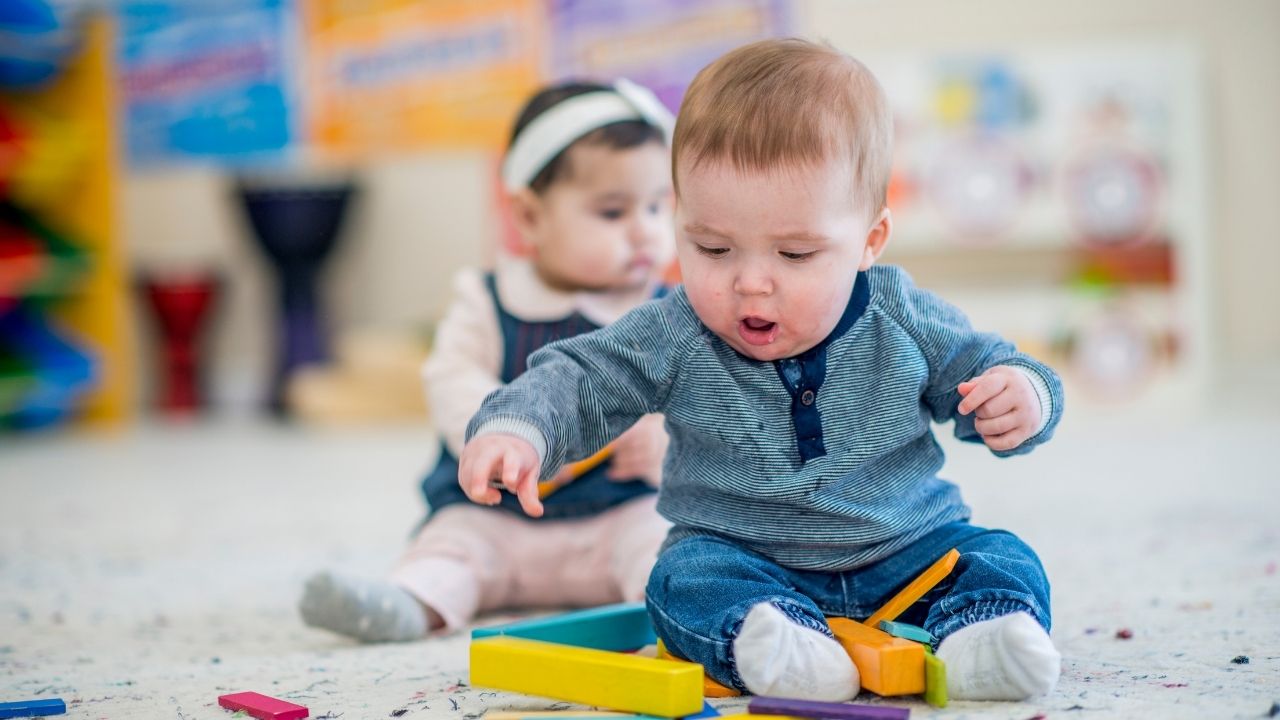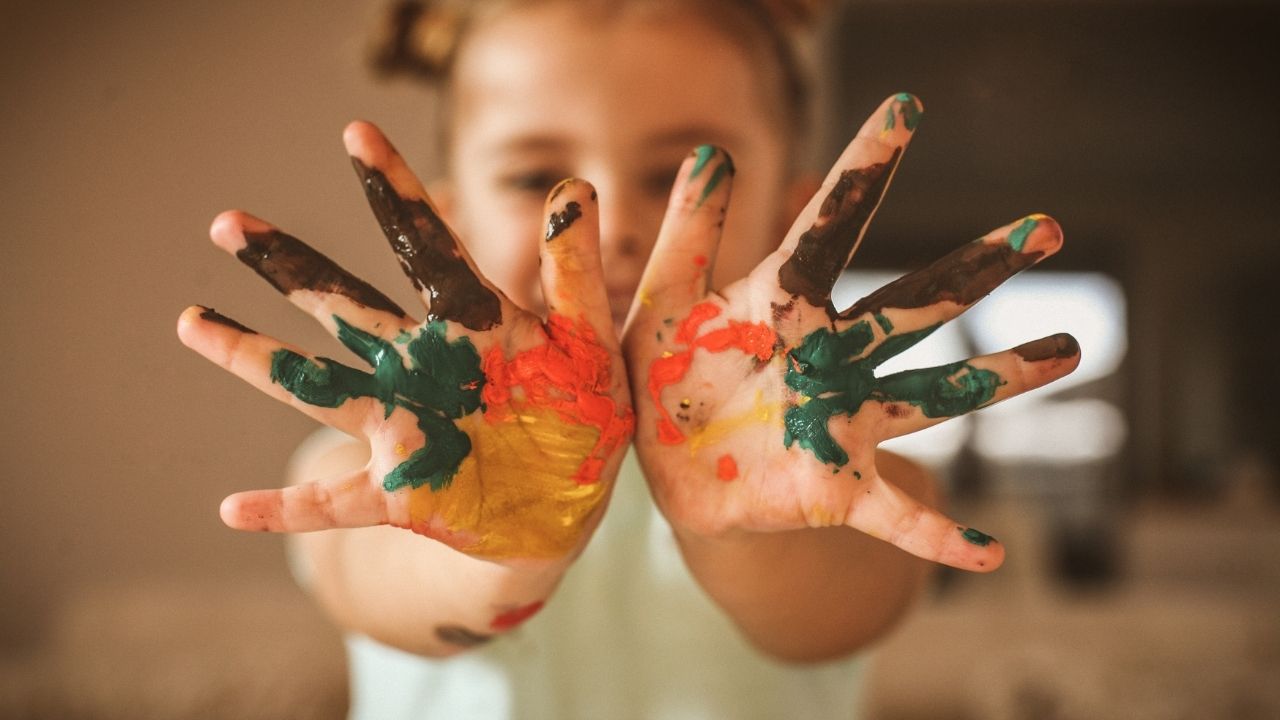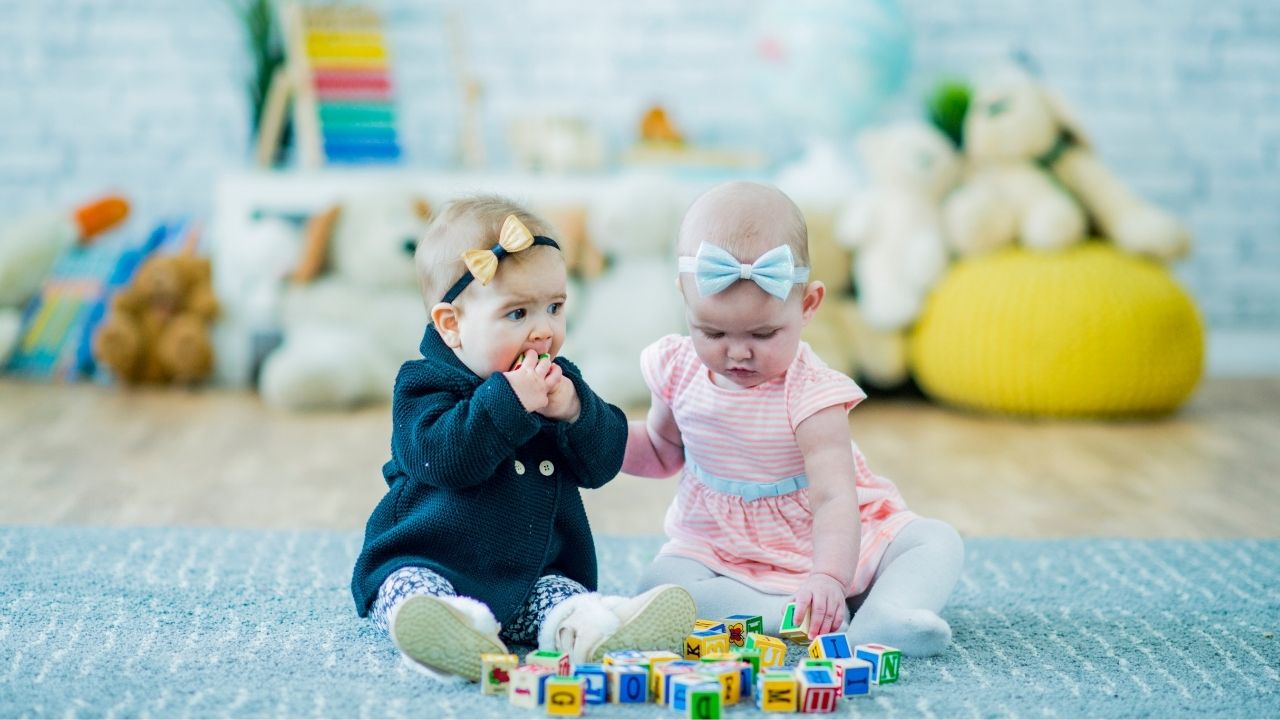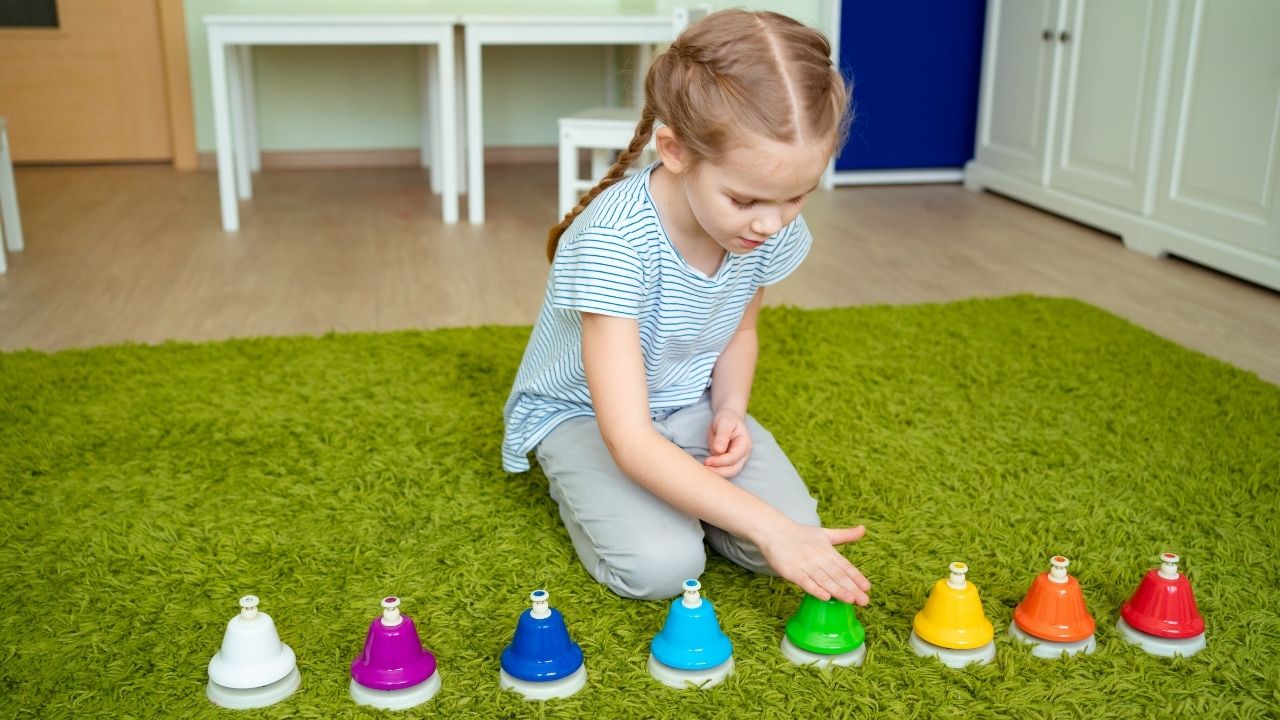When we were younger, the thing we most looked forward to during school was break time. It was a chance to run and play and shout and have fun away from adult supervision. They were good times, and not only because it gave us a bit of freedom. Those playtimes were immeasurably valuable for our childhood socialisation, imagination and developmental skills, and it’s the same today.

To help you understand, we’re going to look at the reasons why creative play is important, and explore ways of encouraging creativity in children. Let’s get going…
Why creative play is important
Creative play or open-ended play is all about your child’s imagination and creativity. It’s when there are no boundaries to their playtime, and not finishing lines in a game – children are free to experiment and be independent and, most importantly, do what they want to.

Here are a few benefits of creative play for young children:
- It increases their imagination: From dressing up to building cardboard houses, imaginative play is critical for childhood development. It allows them to build their own worlds, characters and games, which in turn, builds up their confidence and sense of self. This newfound confidence and creativity will serve them well in the long run. Research has shown that it can maximise their attention to more cognitive tasks in the classroom.
- It nurtures independence: Allowing a child to develop their own game and scenarios shows them that they have an element of freedom and choice. Moreover, it means they have to approach playtime differently and to think creatively for themselves. Even simple games and pieces of equipment like a mobile swing rocker will encourage independence. The fact that they also have to react and solve problems quickly gives them a sense of purpose and independence that will help them be more confident and self-assured in the future.
- It encourages exploration: Removing boundaries and encouraging creative play is an excellent way to get children exploring new ideas and trying new things. It helps develop their curiosity, which in turn makes them more receptive to learning. When asked, one teacher noted that children who played outdoors had “Increased confidence, social and environmental awareness, interest and curiosity in their surroundings and in general”.
- It can result in higher engagement and a willingness to learn: The increased curiosity derived from creative play has also been shown to increase intelligence. One report claims that when studied, children with a higher level of curiosity ended up with more advanced reading and scholastic skills than their less curious counterparts.
- It promotes happiness: Playtime has long been associated with better mental and physical health and wellbeing. And not just for the endorphins the physical activity produces. It’s what makes them want to continue playing and encourages them to learn and develop their new independence and curiosity.
Ways of encouraging creativity in children
To reap the benefits of creative play, you first need to get your child interested and playing. There are loads of ways to do this, but it can be a lot more difficult if they’re shy and wary around new things. If this is the case with your child, there are ways you can ease them into it.

Start by giving them a place at home where they can be imaginative on their own. And provide them with props and toys too. Some good places and toys include:
- Play tents
- Blanket forts
- Treehouses
- Wendy houses
- Dress-up clothes like hats, scarves and wigs
- Cuddly Toys
- Plastic toys such as flowers, telephones and cutlery
- Dolls
Next, you could begin to help them develop that all-important curiosity, imagination and confidence we mentioned above by playing with them yourself. It could be as simple as joining in their tea party or answering them on the pretend phone. As long as you engage with them, let them lead the play, and help them feel happy and confident, they’ll be more likely to play with others when the time comes.
Getting crafty at home is a great way for them to express themselves and try new things in a small way. So are family days out to new places. They both encourage exploration and creativity in safe, controlled environments where children don’t have to socialise with anyone outside their families unless they want to.

Another easy-access option is to let them run free in the school playground. It’s full of equipment that’s been purpose-built to help develop and facilitate all kinds of creative play.
To summarise:
- Give them a play space
- Give them some encouraging toys
- Play along with their lead
- Do at-home art
- Enjoy days out together
- Encourage them to join in at the playground.
- Speech therapists
There are plenty of other helpful options and advice out there too. But at the end of the day, all these ideas will hopefully help your child feel confident enough to branch out in the school playground and start to experience childhood socialisation and creative play with other kids. If they do, then their childhood development should soar.
Encouraging creativity and imaginative play in young children is essential for their development and growth. It not only benefits their education and intelligence but also helps bring them out of their shell and develop more outgoing and happy personalities. So, for the sake of their childhood socialisation, development and their imagination, start encouraging creativity in children and inspire them to explore the world.
